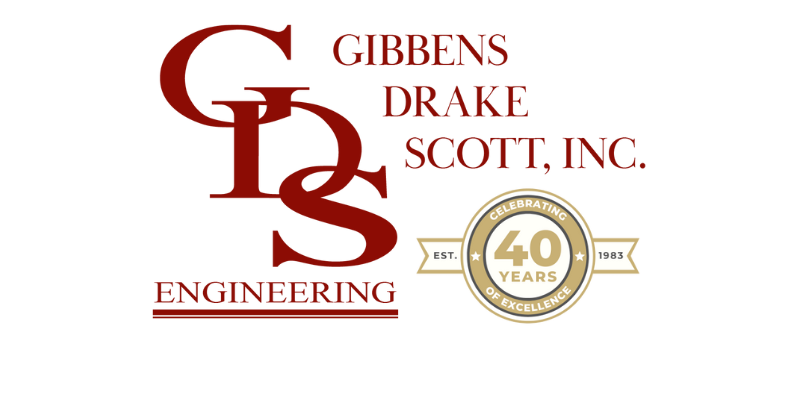Retro-Engineering Case Study #2: Overland Park, KS

Case Study #2: Overland Park, KS
An office building was constructed in the 1980s to house office space on all five stories of the facility. The cooling system that was originally designed for the space consisted of multiple Air Handling Units (AHUs) with DX type cooling coils. The compressors serving the DX cooling coils were a number of freestanding reciprocating compressors in the two penthouses with their refrigerant being condensed in coils of large fluid coolers that circulated water over the coil with fans to draw air through the cooler.
This system was past its life expectancy when GDS was contacted for design replacement of the worn-out fluid coolers. The efficiency of the system was very poor because the coils and housings of the fluid coolers were heavily corroded. The design engineer was told that the replacement project of the fluid coolers would be performed over the span of two to three years due to budget constraints.
During an investigation of the facility, the engineer quickly discovered that a small data center in the lowest level of the building (which was added approximately 15 years prior) was gradually being phased out of service. The data center was equipped with three cooling towers. One cooling tower was redundant and served a pair of plate and frame heat exchangers that provided condenser water cooling to the DX computer room air conditioners in the data center. The load on the data center was greatly reduced so that the only heat exchanger and cooling tower in operation ran at approximately 10% of its capacity. The light loads left the data center system in very good condition.
After considering the situation and talking with the facility operators, the engineer proposed to provide three shell and tube heat exchangers that were rated for refrigerant piping and water shell in order to reconnect the floor-mounted compressor piping from the old fluid coolers over to the shell and tube heat exchangers, and then circulate the data room condenser water through the three new heat exchangers when the associated compressor was in operation.
The change to a retrofit plan greatly reduced the cost of the project. In fact, the savings was enough to allow for the full project to be budgeted in just one year. Additionally, the alternate plan allowed for the preconstruction of the heat exchangers and piping so that the transitions could be completed in three weekends, avoiding months of interruptions that would have been required otherwise (to lift each fluid cooler out of the penthouse with a crane, re-lift the new unit into place, along with opening the penthouse walls and roof for each of the three replacements.)
The building owners originally resisted the recommended change in plan, but once the process was fully explained and the contractor on the project supported the retrofit as well, it became clear that it was the way to go and the plan was approved.
We would encourage you to consider “retro-engineering” wherever possible. An open mind can make all the difference!
Our experienced engineers can help you determine if retro-engineering makes sense for your building. Give us a call at (816) 358-1790 to discuss your project.
Written by:
Steve Peterson, PE
Sr. Mechanical Engineer
